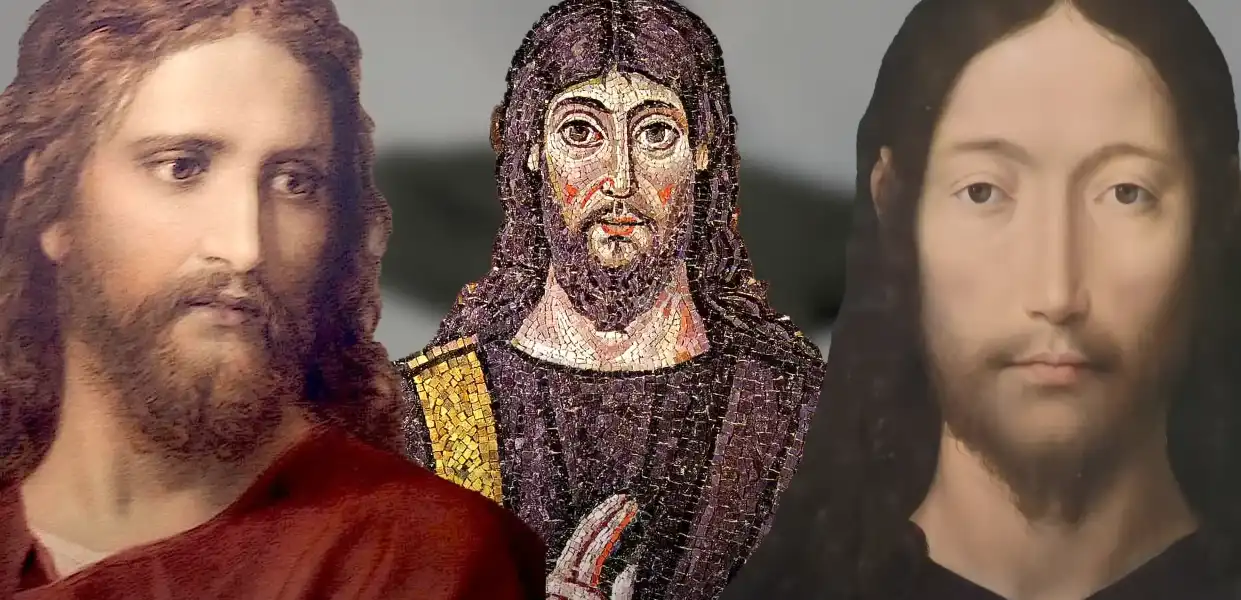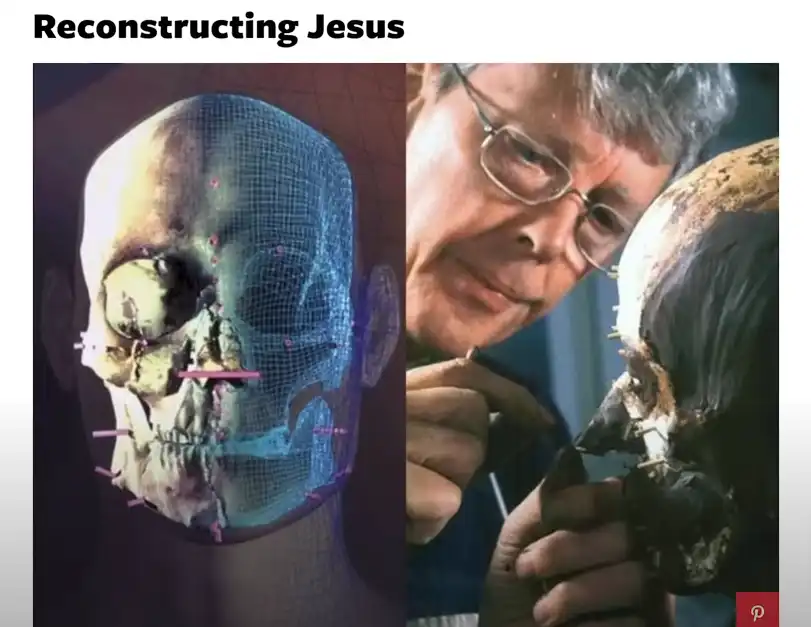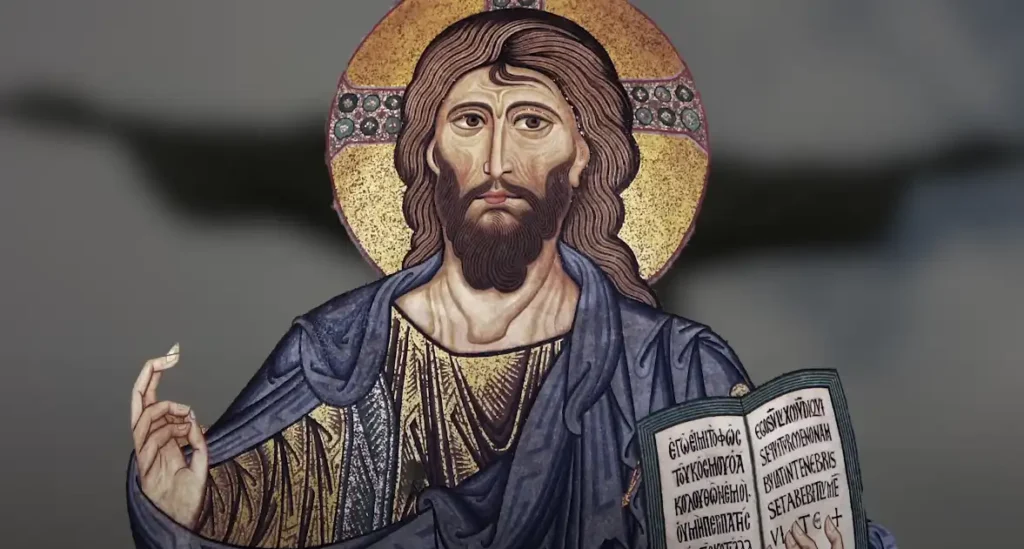When you think of Jesus, a certain image probably comes to mind: shoulder-length hair, a full beard, and fair skin.
This look is so ingrained in our culture that it’s hard to imagine Jesus looking any other way. From the towering Christ the Redeemer statue in Rio de Janeiro to countless paintings and movies, this portrayal of Jesus has become almost universal.
But have you ever wondered why Jesus is depicted this way, especially with that iconic beard?
In reality, the way Jesus looks in art today is the result of centuries of evolution. In the early years of Christianity, there was no standard way to depict him.
The images of Jesus that we see today were shaped by cultural influences, religious needs, and the artistic styles of the times.
Let’s take a journey through history to understand how the image of Jesus with a beard came to be.
Early Depictions: The Beardless Jesus
The earliest depictions of Jesus, dating back to around 200 CE, show him in a very different light. One of the first known images of Jesus might surprise you—it’s not a devotional piece, but rather an anti-Christian piece of graffiti from Rome.
This graffiti shows a figure worshiping a crucified man with a donkey’s head, mocking the Christian belief in a crucified savior. This image reflects the scorn that early Christians faced, as crucifixion was considered one of the most disgraceful forms of execution in the Roman Empire.
But what about the first devotional images of Jesus? These early depictions, like those found in the Roman frontier town of Dura-Europos (in modern-day Syria), show Jesus as a young, beardless man.
In these images, Jesus is often depicted as a miracle worker, healing the sick and performing wonders.
In one such fresco, Jesus is seen healing a paralyzed man, with no beard and dressed in a simple tunic, emphasizing his role as a healer and teacher.
The Good Shepherd and Early Artistic Influences
Another popular early image of Jesus was as the Good Shepherd, a theme drawn from the Gospel of John.
In these depictions, Jesus is shown carrying a sheep over his shoulders, a symbol of care and protection.
This image of the Good Shepherd was widespread in the Roman Empire and was closely associated with the Greek god Hermes, who was often depicted in a similar manner.
The influence of Roman culture on early Christian art is clear, as early Christians were deeply embedded in the art and traditions of the time.
The Philosopher Jesus: Enter the Beard
So, when did Jesus start to be depicted with a beard? The transformation began when Christians started to portray Jesus as a philosopher.
In the Roman world, philosophers were often depicted with long hair and full beards, symbols of wisdom and authority.
As Christianity grew and sought to establish itself as a respectable faith, Christian artists began to adopt this imagery for Jesus.
One early example is a statue of Apollonius of Tyana, a 1st-century Greek philosopher and miracle worker, who is shown with a long beard and flowing hair.
This look became associated with wisdom and deep thought, qualities that early Christians wanted to project onto Jesus.
Around the 3rd century, images of a bearded Jesus began to appear more frequently, especially in contexts where he was depicted as a teacher or philosopher, surrounded by his apostles.
These images helped to align Jesus with the philosophical traditions of Greece and Rome, presenting him as a wise and respected figure in the eyes of both Christians and non-Christians.
From Philosopher to Divine King: The God-Like Jesus
As Christianity continued to evolve, so did the image of Jesus. By the 4th century, Jesus was often depicted as a divine ruler, seated on a throne with a majestic beard and long hair, similar to the gods of Greco-Roman culture.
This was not just about making Jesus look like a philosopher, but also about emphasizing his divinity. In a time when theological debates were raging over whether Jesus was truly divine, these images served to reinforce his status as the Son of God.
One of the most striking examples of this is a mosaic in the Church of Saint Pudenziana in Rome, where Jesus is shown on a lavish throne, dressed in a golden robe, and surrounded by his followers.
This image draws heavily on depictions of gods like Jupiter and Serapis, who were also shown with flowing hair, full beards, and seated on thrones. By portraying Jesus in this way, Christian artists were making a powerful statement: Jesus was not just a wise teacher, but the divine ruler of the universe.
The Legacy of the Bearded Jesus
Over time, the bearded Jesus became the standard image, symbolizing his wisdom, authority, and divinity.
This portrayal has endured for centuries, influencing everything from Renaissance art to modern films. But it’s important to remember that this image is a product of its time, shaped by the cultural, religious, and artistic needs of early Christians.
Today, we still see different cultural interpretations of Jesus.
For instance, during the Civil Rights Movement, Black Jesus became an important symbol of empowerment and identification for African American Christians.
This shows that while there is a “standard” image of Jesus, his appearance continues to evolve, reflecting the hopes, needs, and beliefs of each generation.
So, why did they give Jesus a beard? It wasn’t just about making him look older or wiser.
It was about embedding Jesus into the cultural and religious context of the time, presenting him as both a respected philosopher and a divine ruler, on par with the greatest gods of the Roman world. And in doing so, they created an image of Jesus that has lasted for nearly two thousand years.
Johnny specializes in content related to Jesus, the Bible, and religious topics. With a profound understanding of spirituality, Johnny’s articles are both insightful and inspiring, guiding readers through the complexities of faith.




